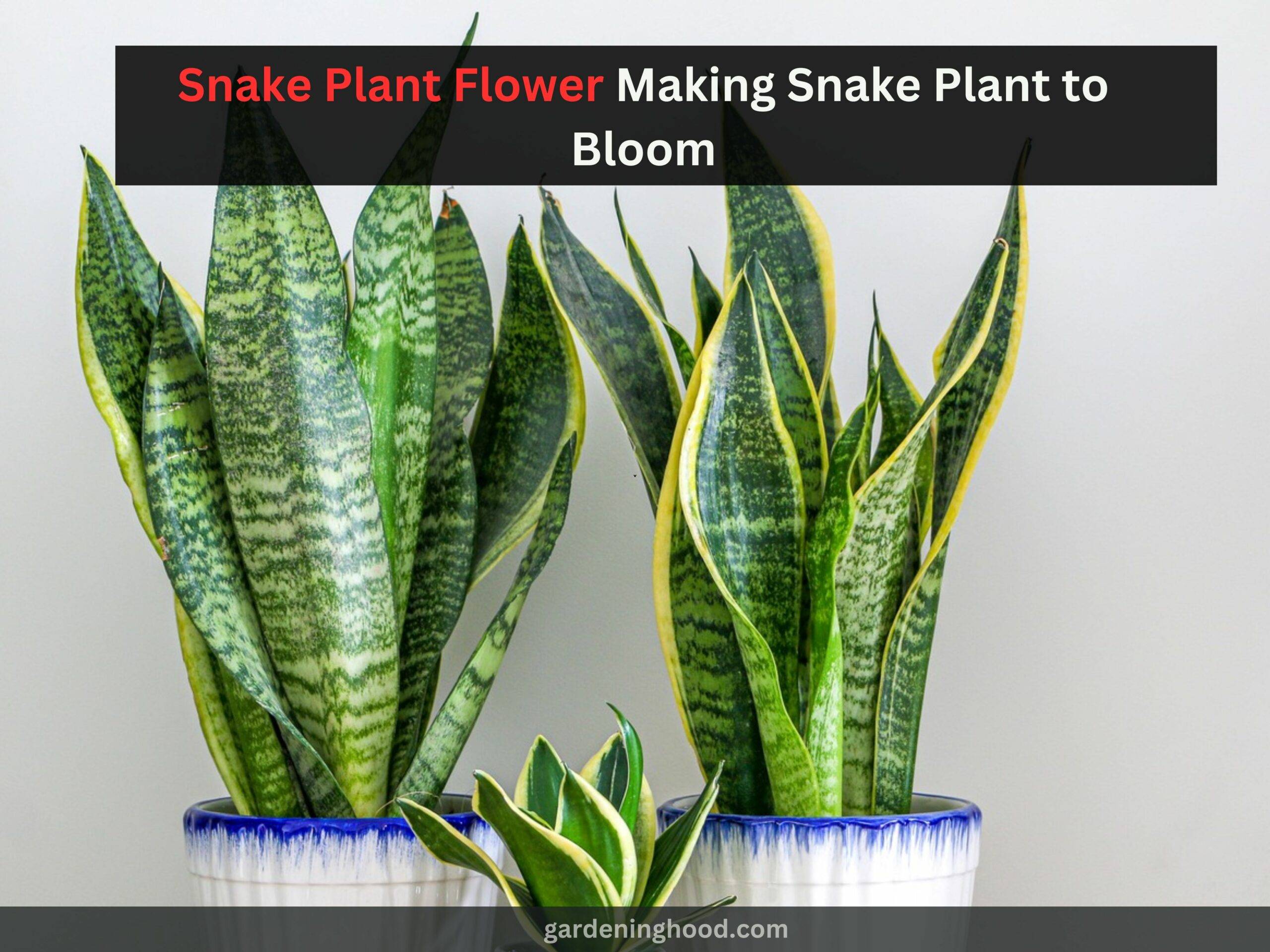Snake Plant Turning Yellow – Causes and How to Fix it!
We will be acknowledging the readers about Snake Plant Turning Yellow. Snake plants are our favorite indoor plants, you would agree too! They purify the air by removing all the toxins from the air. They are so easy to care for and grow the same as scarlet flax. Even such plants can indicate problems if they get clenched by some time of stress.
Key takeaways:
- The yellowing of leaves of snake plants also is one of the problems that disappoint gardeners.
- The yellowing of leaves is also accompanied by the softness of plant parts and leaves.
- Snake plants can be under the stress of overwatering, cold temperatures, poor soil drainage, mineral imbalance, and deposition.
In this article, we will teach you the reasons why the snake plants are turning yellow and what treatments you need to do as soon as possible.
Causes behind Snake Plant Turning Yellow
1. Overwatering
The snake plants get easily overwatered as they don’t need a regular supply of water. The leaves are turning soggy and yellow in color which means the plant is overwatered and the soil is wet for a long time.
The leaves of snake plants are upright and stiff with sharp edges but too much water in the soil can affect the leaf tissues and even the pigment in them. The issue can be that you are watering the plant too quickly and not checking the soil.
How to fix this?
- The snake plants need to be watered so that they bloom properly with a gap and let the water get soaked and drained well in the soil.
- Check the soil if it is wet then avoid watering the plant.
- If there is heavy rainfall then move the plant to a dry spot.
- Water snake plant every 2 to 6 weeks.
- The drainage of soil should be good as well to keep the roots healthy.
2. Too much sunlight
The snake plants need sunlight but it is not intense and indirect. Direct sunlight and strong one can harm the leaves and even the plant. You need to change the spot of the snake plants.
The afternoon sunlight is also too harsh which can give sunburn to the snake plant. The leaves turn yellow with burning tips that are brown colored and look lifeless.
How to fix this?
- Spray the plant with a good amount of water if the snake plant gets too dry but do this in the morning time.
- Move the snake plant to the spot where the sunlight is indirect and the plant gets a little shade too.
- At noon, you can change the location of the snake plant to a shady spot.
3. Aging
The snake plant might be turning yellow due to aging as well. You need to understand and memorize when you bought or planted it, as it may be too long a time since the snake plant has started to age.
How to fix this?
- Aging is a part of the life cycle and the plant will die afterward.
- Provide good care to your old buddy or you can buy a new healthy snake plant from a nursery as well.
4. Infestations
The infestations of pests or fungi can lead to the discoloration of the snake plant leaves.
The pests like aphids, and mealy bugs, can suck the sap of the leaves and lead to a deficiency of nutrients in the plant that can cause the weakening of the plant.
The yellow leaves will appear and they droop. The eggs, larvae of the pest and even fungus can cause spots and color on the leaves as well like sooty mold.
How to fix this?
- Use a good organic fungicide and spray it on the affected parts.
- Use neem oil to kill the pests like aphids, etc.
- Use a good quality pesticide and fungicide.
5. Diseases
The snake plants that have gone weak and are stressed get easily attacked by fungal infections and some bacterial diseases too.
Anthracnose, southern blight, root rot, fungal leaf spot, and bacterial leaf spots are some of the diseases that can cause yellow leaves.
How to fix this?
- Keep the snake plants healthy and keep the roots away from rot.
- This can be done by checking the drainage of soil and spraying fungicide on the soil and plant.
- The snake plants should get proper sunlight.
6. Poor drainage
If the soil does not have good drainage, the plant will become soft due to not getting eight and trying to save stored water. The nutrients will also get deficient in the plant as the roots get affected.
All this happened due to the poor drainage of the soil. If the soil is compact then the water will stand and not drain properly leading to root rot. The waterlogged soil will not only affect the roots but also the stem.
“Solitary trees, if they grow at all, grow strong.”
– By Winston Churchill
How to fix this?
- The soil needs to be watered once the soil gets dry or doesn’t water at all.
- The soil should be mixed with a little perlite and sand to increase the drainage, the snake plant leaves are looking droopy and soggy then check for drainage holes in the pot.
- Repot the plant to a good well-draining pot.
7. Cold Temperature
The snake plant is sensitive to low temperatures. The plants being hardy thrive well in the temperature range of 50-70 degrees Fahrenheit.
The temperature falls below 45 degrees Fahrenheit means the plant will get yellow leaves as the plant gets temperature shock. If the cold weather or cold condition is prolonged then the yellow leaves will fall and the plant might die.
How to fix this?
- Keep the conditions not too cold inside the house.
- The snake plants can be moved to a spot that is warm having a heater.
- Make sure that the plant is not kept too close to the heat.
8. Root rot
The roots get affected if the soil has fewer pores. The low aeration and too much humid and warm conditions lead to fungal growth that can cause root rot.
The roots are destroyed with rot which is mainly due to fusarium and pythium fungus that decrease the ability of roots to absorb nutrients and water properly.
How to fix this?
- Take out the plant from the pot, check the roots that are rotted and cut them, immerse the plant in fungicide solutions and let the root get dry.
- Repot the plant in the new soil and pot.
9. Nutrient deficiency
Usually, the lack of nitrogen, iron, and magnesium can directly or indirectly lead to the snake plant leaves turning yellow.
The reason can be you are not using nutrient-rich fertilizer, or nutrient that is actually in need, or the pests have overtaken your nutrient-deficient plant that is making the leaves go pale to yellow colored.
How to fix this?
- Snake plants should not be overfertilized.
- Though the plant demands much fertilizer in the early growth stages but decreases it later on like one time a month.
- Use all-purpose fertilizer for the snake plants in the proportion of 10-10-10.
Final thoughts on the context
We hope you find this information helpful regarding the yellowing leaves problem and have found the solution for it too. You should not wait for the problem to get worse as the plants are the ones that are like many living species and they don’t scream when they get hurt. Right! So follow the above fixation according to the cause.
Happy growing and happy caring guys!
FAQs
1. Can yellow snake plant leaves turn green again?
The discoloration of snake plant leaves happens due to the loss of green pigment called chlorophyll. The photosynthesis process gets hindered and the plant uses the stored nutrients leading to the weakening of snake plants and the yellowing of leaves.


